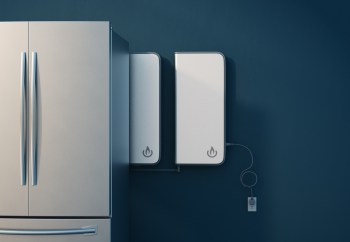An upgrade to the solar panels we are used to is on the horizon, promising increased energy efficiency, affordability, and accessibility for consumers.
Traditional silicon solar panels, while reliable, often have a steep upfront cost. As of 2025, the national average cost of installing solar panels is nearly $21,000. This deters many homeowners from switching to clean energy.
But thanks to a breakthrough from scientists in China and France, solar panels are on the way to becoming more affordable and energy efficient, according to an article from Tech Xplore.
The mineral perovskite has long been tinkered with for its affordability and potential in the solar energy field. Early experiments started in 2006 when researchers achieved an efficiency of only 3.8%.
Since those humble beginnings, perovskite technology has made tremendous progress, with efficiencies reaching over 20%.
However, one problem persisted. Perovskite solar cells rapidly degrade, with some devices losing up to 80% of their efficiency after 500 hours.
Watch now: This company is making it easier than ever to save money with solar power
Perovskite has an extreme sensitivity to moisture, oxygen, and heat, which plays a large part in the fast degradation of these solar cells.
In a recent study published in Nature Communications, the research team found that adding the compound pyrrodiazole to the perovskite solar cells dramatically enhanced the stability of the previously sensitive solar cells.
The breakthrough found that the mix achieved 21.5% peak efficiency, and the cells had a 94% efficiency rating after 1,000 hours when exposed to direct sunlight.
This breakthrough is a substantial improvement over previous perovskite solar cells, and it brings this cheaper alternative much closer to becoming available for consumers.
TCD Picks » Upway Spotlight

|
Should the government continue to give tax incentives for energy-efficient home upgrades? Click your choice to see results and speak your mind. |
So why is it important? For starters, this breakthrough could lead to a new generation of solar panels that outperform and outlive conventional silicon solar panels. Perovskite solar cells have lower production costs, meaning solar energy could become more accessible to homeowners.
Until then, organizations such as EnergySage are pushing for solar energy affordability by helping consumers find financing options or community solar projects near them.
Join our free newsletter for weekly updates on the latest innovations improving our lives and shaping our future, and don't miss this cool list of easy ways to help yourself while helping the planet.


















